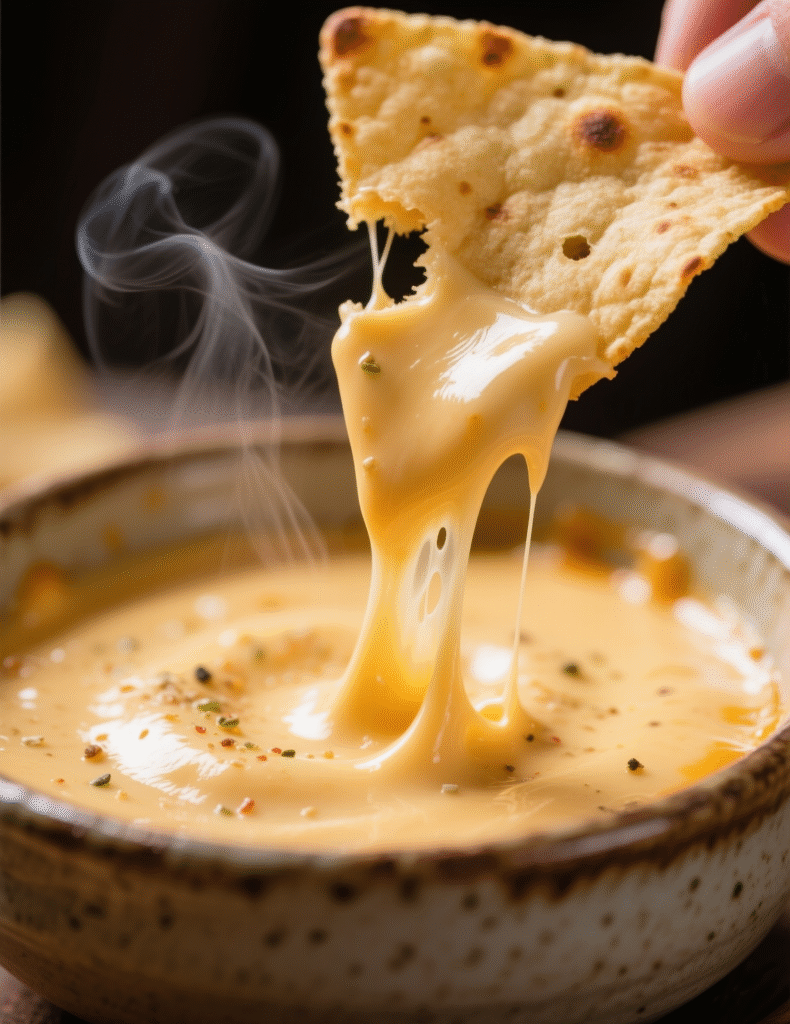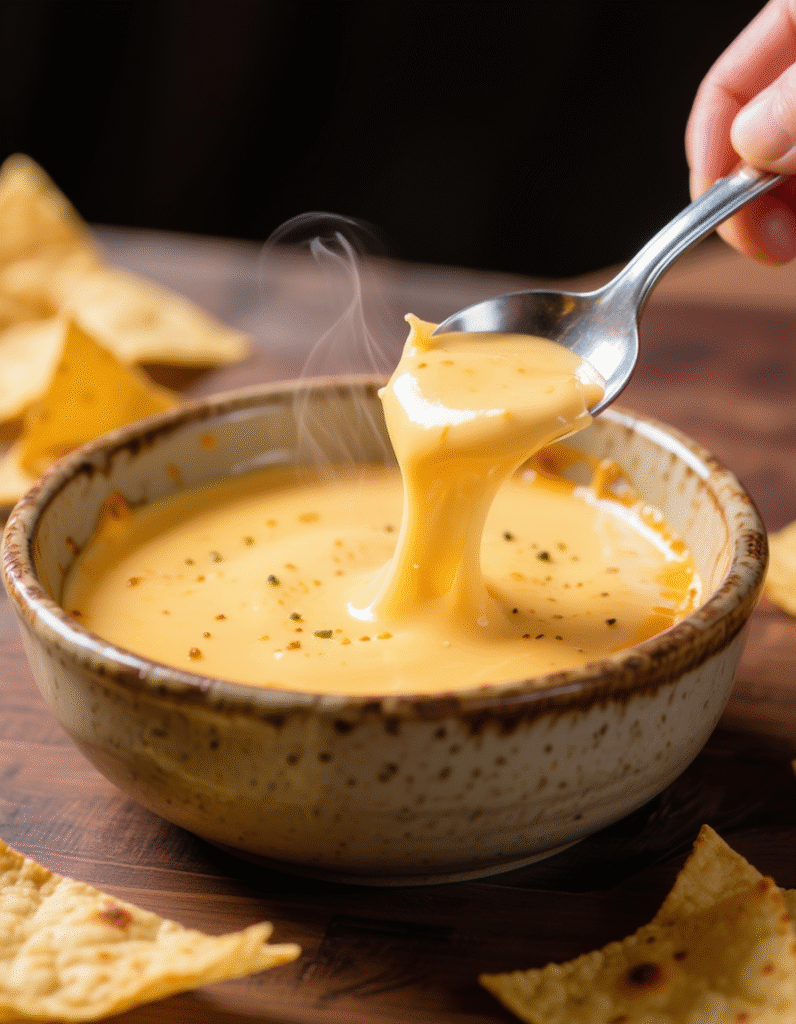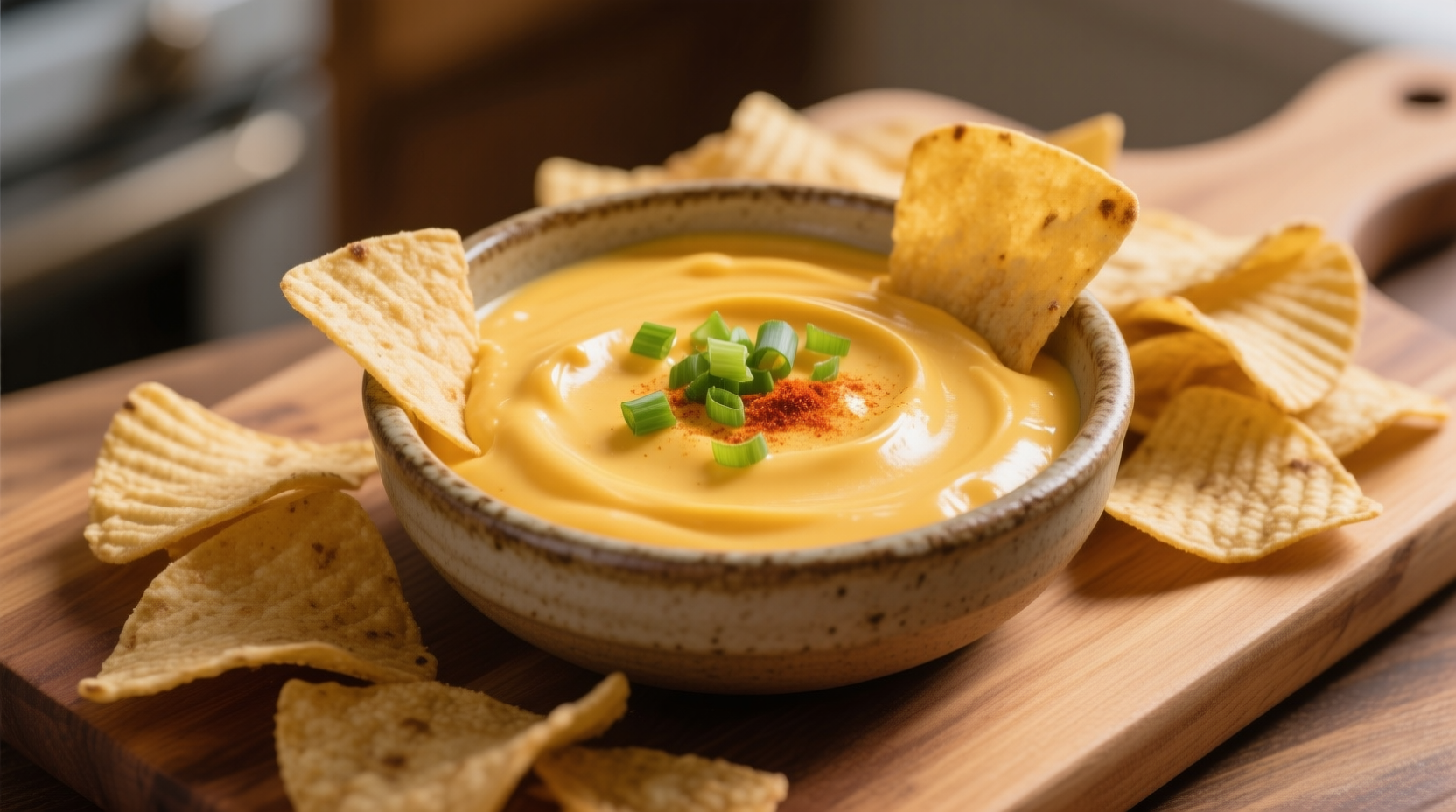Cheese dip has a way of sneaking into every kind of gathering. Doesn’t matter if it’s a game day, a fancy dinner, or just a midnight snack session—you put a warm bowl of cheese dip in front of people and it disappears before you can blink. But here’s the catch: a truly irresistible cheese dip isn’t just about melting a block of cheese and calling it a day. It’s a science. It’s chemistry. And when you understand how cheese behaves under heat, you’ll never serve a grainy or split dip again. That’s what we’re diving into here.
Why Cheese Dip Works So Well
Cheese is comfort food in its purest form. According to the Dairy Research Institute, over 95% of households in the US buy cheese at least once a month. That’s not just tradition—it’s a love affair. When cheese is melted into a dip, it hits all three magic notes: fat for richness, protein for body, and salt for craveability.
But here’s the technical bit: cheese contains casein proteins. These proteins, when heated with the right amount of moisture and emulsifiers, form that silky consistency we crave in a dip. Without balance, though, you end up with a greasy mess on top and clumps below. I’ve seen chefs ruin a pot of expensive Gruyère just by rushing the melt.
Choosing the Right Cheese
Not all cheese is created equal when it comes to dipping. Melting quality is key. Cheddar, Monterey Jack, Fontina, and American are top-tier because they melt smoothly. Aged cheeses like Parmesan bring flavor but not creaminess—they’re best as accents, not base.
A 2018 study by the Journal of Food Science tested meltability across different cheese types. Younger, higher-moisture cheeses consistently scored better for fluid texture, while drier cheeses resisted melting. This is why combining cheeses often works best—you get body from one, tang from another, creaminess from a third.
For a foolproof blend, I recommend:
- 2 cups sharp cheddar (flavor punch)
- 1 cup Monterey Jack (stretchy melt)
- ½ cup cream cheese (silky binder)
This trio rarely fails, no matter the crowd.
The Role of Emulsifiers
Here’s the insider secret: restaurant cheese dips stay smooth for hours because of emulsifiers. Sodium citrate is the professional’s go-to. It prevents proteins from clumping and fat from separating, giving you that glossy finish. Home cooks rarely use it, but chefs know its magic. A tiny teaspoon makes even cheddar behave like Velveeta, without sacrificing taste.
If you don’t have sodium citrate, a splash of evaporated milk or even cornstarch slurry helps stabilize the dip. Think of it like insurance—you don’t notice it when things go right, but you’ll regret not using it if the dip breaks.
Building the Base
Start with a béchamel. That’s butter, flour, and milk. Professional kitchens rely on it because it stabilizes everything poured into it. Without it, cheese tends to seize when added to plain milk or cream. Keep the heat low, whisk constantly, and don’t rush.
For one pot of irresistible cheese dip:
- 2 tbsp unsalted butter
- 2 tbsp flour
- 1 ½ cups whole milk, warmed
- Blend until smooth, no lumps allowed.
Then slowly whisk in your cheese blend. And I mean slowly. Dump it in all at once, you’ll be stirring a clump instead of a sauce.

Flavor Boosters That Matter
Cheese dip on its own can be one-note. That’s where layering flavor comes in. A pinch of smoked paprika adds depth. A spoon of Dijon mustard brings tang. Fresh jalapeños or roasted poblanos add heat and earthiness.
Professional tip: always cook aromatics before adding to the dip. Raw onions or garlic will fight with the creamy base. Sauté them in butter first, then fold them in. The result is smoother, both in texture and taste.
Real-World Variations
Cheese dip has a thousand faces depending on where you are. In Texas, it’s queso—bright yellow, spiked with tomatoes and chiles. In Switzerland, it’s more formal, served as fondue with crusty bread. In Mexico, queso fundido uses melting cheese like Oaxaca with spicy chorizo on top.
I once worked a wedding where the bride insisted on three separate cheese dips: a classic cheddar-jalapeño, a smoked Gouda-bacon, and a white queso with poblano strips. By the end of the night, the guests were spooning dip onto their cake plates. No shame in that.
Common Mistakes and Fixes
The biggest mistake is overheating. Cheese hates high heat. Proteins tighten, fat leaks out, and suddenly you’ve got an oily mess. Always keep the flame low and use indirect heat if possible.
Another mistake: adding cheese to boiling liquid. It shocks the proteins. Always bring your base off the heat before whisking in cheese. If the dip splits, a quick fix is whisking in a spoonful of cream cheese or evaporated milk—it usually pulls everything back together.
How to Keep Dip Warm Without Breaking
This is the bane of catering chefs. Heat lamps and steam tables destroy cheese dips if you’re not careful. The trick is gentle, consistent heat. Crockpots on the “warm” setting are reliable. Or place your dip bowl inside a larger bowl filled with hot water—a bain-marie effect. This keeps it warm without direct flame.
I’ve seen banquet halls ruin gallons of cheese dip by cranking the heat lamps too close. Within an hour, it turns into rubber. Keep it low, and stir occasionally.
Pairings That Elevate
Tortilla chips are obvious, but they’re not the only option. Warm pretzel bites, blanched broccoli, roasted potatoes, or even apple slices work beautifully. The saltiness of pretzels or the sweetness of apples cuts through the richness in surprising ways.
Beer is the natural drink pairing, especially lagers or pale ales. The carbonation cleanses the palate. For wine lovers, a crisp Sauvignon Blanc or sparkling wine does the same trick. Don’t underestimate how much a pairing changes perception of the dip.
The Health Angle
Now, cheese dip isn’t exactly a “light” dish. But balance is possible. Using reduced-fat cheese or substituting part of the dairy with pureed cauliflower can lighten things without sacrificing too much flavor.
A 2021 survey by the International Dairy Federation found that consumers increasingly look for “better-for-you” cheese options, with protein content and natural labeling being priorities. This means dips made with whole ingredients, no artificial blocks, tend to win more favor today than before.

Emerging Trends in Cheese Dips
We’re seeing chefs experiment with plant-based versions. Cashew-based “queso” dips are gaining traction in vegan circles. Nutritional yeast provides the umami that mimics cheese. While it’s not identical, it’s close enough to satisfy the craving.
Another trend is global fusion. I tasted a kimchi-cheddar dip in Seoul that blew my mind—spicy, funky, creamy. Middle Eastern versions sometimes fold in za’atar or harissa for depth. The cheese dip world is expanding beyond Tex-Mex borders, and it’s about time.
Expert-Level Tips
Grate your cheese fresh. Pre-shredded cheese is coated in anti-caking agents like cellulose, which resist melting. That’s why it clumps. Professionals never use bagged shreds for dip.
Salt at the end. Cheese is already salty, and adding extra too soon can overshoot the balance. Taste, adjust, then serve.
And one more: acid brightens cheese. A squeeze of lime, splash of white wine, or dash of vinegar wakes the dip up. Without acid, cheese dip can taste flat after a few bites.
Final Recipe for an Irresistible Cheese Dip
Ingredients:
- 2 tbsp unsalted butter
- 2 tbsp flour
- 1 ½ cups warm whole milk
- 2 cups sharp cheddar, shredded
- 1 cup Monterey Jack, shredded
- ½ cup cream cheese, softened
- 1 tsp Dijon mustard
- ½ tsp smoked paprika
- 1 small roasted jalapeño, chopped
- Salt, to taste
Method:
- Melt butter in a saucepan. Whisk in flour, cook for 1 minute.
- Slowly whisk in milk until smooth. Reduce heat.
- Off heat, gradually add cheeses, stirring until melted.
- Stir in mustard, paprika, and jalapeño. Adjust seasoning.
- Serve warm with chips, pretzels, or veggies.
Conclusion
An irresistible cheese dip is equal parts science and craft. It’s about respecting the chemistry of cheese, layering flavor thoughtfully, and managing heat like a pro. Get those right, and your dip will never sit on the table untouched—it’ll vanish.
Cheese dip may look simple, but the mastery lies in details: the emulsifiers, the melt control, the flavor boosters. Whether you stick to a classic cheddar-jalapeño or push boundaries with global flavors, the foundation stays the same. Smooth, creamy, and deeply satisfying.
If there’s one takeaway, it’s this—don’t rush the melt. Slow and steady makes the cheese dip that people will remember.
FAQs
What cheese melts best for cheese dip?
Cheddar, Monterey Jack, and Fontina melt smoothly and give a creamy texture.
Why did my cheese dip turn grainy?
It overheated or the cheese was added too fast to a hot base.
Can I make cheese dip ahead of time?
Yes, refrigerate and reheat gently on low heat while stirring.
How do restaurants keep cheese dip smooth?
They often use emulsifiers like sodium citrate or evaporated milk.
What can I use instead of flour in the base?
Cornstarch slurry works well to thicken and stabilize the dip.
Can I freeze cheese dip?
Not recommended, as it usually separates when thawed.
How do I fix a broken cheese dip?
Whisk in cream cheese or evaporated milk to pull it back together.
What’s the best way to keep cheese dip warm?
A crockpot on low or a bain-marie keeps it creamy without burning.
Can I make a vegan cheese dip?
Yes, cashew cream and nutritional yeast create a convincing version.
What are unique pairings for cheese dip?
Pretzels, roasted potatoes, apple slices, or blanched broccoli all work great.

Mariana is a passionate home cook who creates delicious, easy-to-follow recipes for busy people. From energizing breakfasts to satisfying dinners and indulgent desserts, her dishes are designed to fuel both your body and hustle.
When she’s not in the kitchen, she’s exploring new flavors and dreaming up her next recipe to share with the Foodie Hustle community.

